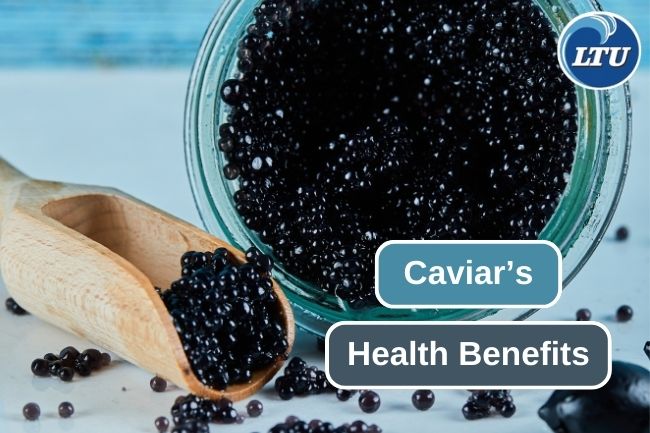How Does Ocean Acidification Happen?
By. Nevanda - 14 Jun 2023
lauttimur.com - Ocean acidification refers to the ongoing decrease in the pH levels of the Earth's oceans, making them more acidic. It occurs when carbon dioxide (CO2) from the atmosphere dissolves into seawater, forming carbonic acid. This process alters the chemical composition of the water, leading to a reduction in the concentration of carbonate ions. Carbonate ions are crucial building blocks for many marine organisms, particularly those that form shells or skeletons, such as coral reefs, shellfish, and some plankton species.
The primary cause of ocean acidification is the increasing concentration of atmospheric CO2 resulting from human activities, particularly the burning of fossil fuels (coal, oil, and natural gas), industrial processes, and deforestation. These activities release significant amounts of CO2 into the atmosphere, and a substantial portion of it is absorbed by the oceans.
Read also: 8 Unique Features Of Pelagic Fish
The main factors contributing to this phenomenon are:
1. Burning of Fossil Fuels
The combustion of fossil fuels, such as coal, oil, and natural gas, releases large amounts of CO2 into the atmosphere. The energy sector, including power generation, transportation, and industrial processes, is a significant source of these emissions.
2. Deforestation
Forests play a crucial role in absorbing CO2 through photosynthesis. When forests are cleared or burned, the stored carbon is released back into the atmosphere, contributing to increased CO2 levels.
3. Industrial Processes
Various industrial activities release CO2 and other greenhouse gases, including cement production, steel manufacturing, and chemical production. These processes emit substantial amounts of CO2 as a byproduct.
Read also: Crab Salad Recipes For Summer Dish
4. Land Use Changes
Human activities that change land use, such as converting forests into agricultural land or urban areas, can impact carbon storage. This alteration of natural ecosystems reduces the capacity to absorb CO2 from the atmosphere.
5. Natural Carbon Cycle Imbalance
While human activities are the primary drivers of ocean acidification, natural processes can also contribute to fluctuations in CO2 levels. However, the current rate of CO2 increase is significantly faster than natural processes, exacerbating the impact on ocean acidification.
When CO2 dissolves in seawater, it reacts with water molecules to form carbonic acid (H2CO3). This acidification process increases the concentration of hydrogen ions (H+), reducing the pH of the water and making it more acidic. The excess hydrogen ions decrease the availability of carbonate ions (CO32-), which many marine organisms rely on to build their shells and skeletons. This can lead to a decline in the growth, development, and overall health of various marine organisms.
Read also: How To Boil Clams Properly








